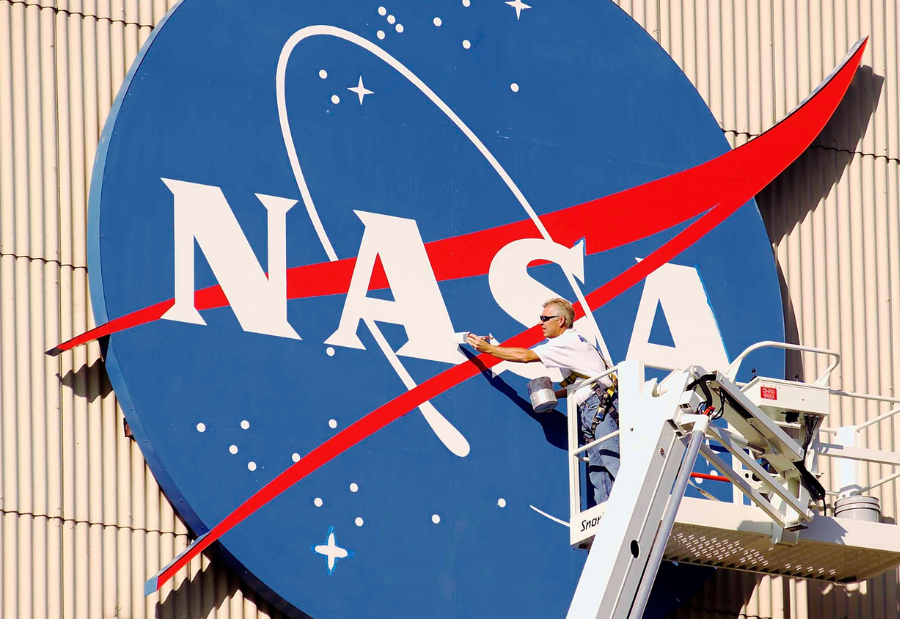NASA is shifting its approach to deep space communications, moving from building and operating its own relay orbiters to purchasing connectivity as a service. This change has triggered a competitive race among major players to develop a robust data link between Earth and Mars.
Currently, NASA depends on spacecraft like Mars Reconnaissance Orbiter and MAVEN to collect data from rovers and landers and relay it to the Deep Space Network’s large antennas on Earth. While these relay systems remain functional, they were never intended to serve as a permanent backbone. MAVEN’s critical role as a relay is highlighted in NASA’s latest review, with steps in place to extend its service into the early 2030s, but eventually, these systems will degrade.
To address this, NASA’s Space Communications and Navigation program is seeking industry solutions to replace and expand these aging assets. A recent request for proposals focuses on two main goals: a “lunar trunkline” between the moon and Earth, and a complete Mars communications system capable of transferring data from the surface of Mars to operations centres on Earth.
The current request is for capability studies rather than immediate hardware purchases. NASA wants to create an interoperable marketplace where it becomes one of many customers instead of owning and operating the infrastructure.
The challenge is immense, with obstacles such as long distances, time delays, solar interference, limited Earth visibility, and the need for highly reliable systems.
Several companies have already presented concepts. Blue Origin has introduced a Mars Telecommunications Orbiter based on its Blue Ring platform, aiming to support NASA Mars missions from 2028. Rocket Lab has proposed its own Mars telecom orbiter for future sample return missions. SpaceX is exploring the adaptation of its Starlink satellite technology for Mars communications.
In 2024, NASA funded 12 short studies from commercial partners, including proposals from SpaceX, Lockheed Martin, and Blue Origin, to explore next-generation relay services.
The long-term vision is to move beyond scientific missions and towards a permanent human presence on the moon and eventually Mars.
Also read: Viksit Workforce for a Viksit Bharat
Do Follow: The Mainstream formerly known as CIO News LinkedIn Account | The Mainstream formerly known as CIO News Facebook | The Mainstream formerly known as CIO News Youtube | The Mainstream formerly known as CIO News Twitter |The Mainstream formerly known as CIO News Whatsapp Channel | The Mainstream formerly known as CIO News Instagram
About us:
The Mainstream formerly known as CIO News is a premier platform dedicated to delivering latest news, updates, and insights from the tech industry. With its strong foundation of intellectual property and thought leadership, the platform is well-positioned to stay ahead of the curve and lead conversations about how technology shapes our world. From its early days as CIO News to its rebranding as The Mainstream on November 28, 2024, it has been expanding its global reach, targeting key markets in the Middle East & Africa, ASEAN, the USA, and the UK. The Mainstream is a vision to put technology at the center of every conversation, inspiring professionals and organizations to embrace the future of tech.




